Army sailor: what could be more absurd?

“Army sailor” – this term sounds quite absurd, doesn’t it? Like the roof of a psychiatric clinic being torn off, about the same. But in reality this is exactly the case: the US Army has its own fleet, in which army sailors serve, not military personnel.
Strange, isn't it?
But this is probably one of the most unusual facts about the US Army, which is that it has its own navy. The US Army maintains more than 100 ships designed to move tanks, infantry and other ground forces. That is, the Army Navy ensures that lakes, rivers and even oceans are not significant obstacles for the US Army.
The Army, although it has a fleet of mostly unarmed and relatively small ships, is actually one of the largest navies in NATO.
And at the same time the sailors of this fleet call themselves army sailors.
In fact, the US Army fleet is larger than the navies of many NATO countries. Oh no! We will not take for comparison such great maritime powers as Estonia, Lithuania, Latvia, Bulgaria and Romania, we will take Portugal.
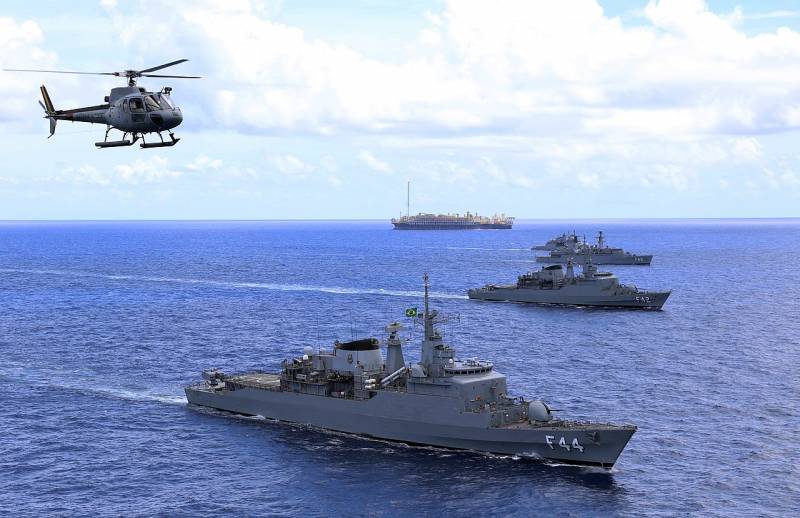
The Portuguese Navy includes:
– diesel-electric submarines – 2;
– frigates – 5;
– corvettes – 5;
– patrol ships – 5;
– patrol boats – 12;
– landing ship – 1;
– auxiliary ships – 9.
Total - 39, taking into account tankers, training ships and a three-masted sailing ship.
The US Army has more. There are 78 units of sea transport alone, and there are also river/lake tugboats, ferries and pontoons, which are also part of this family. In reality, not every river like the Dnieper can be crossed by a pontoon crossing.
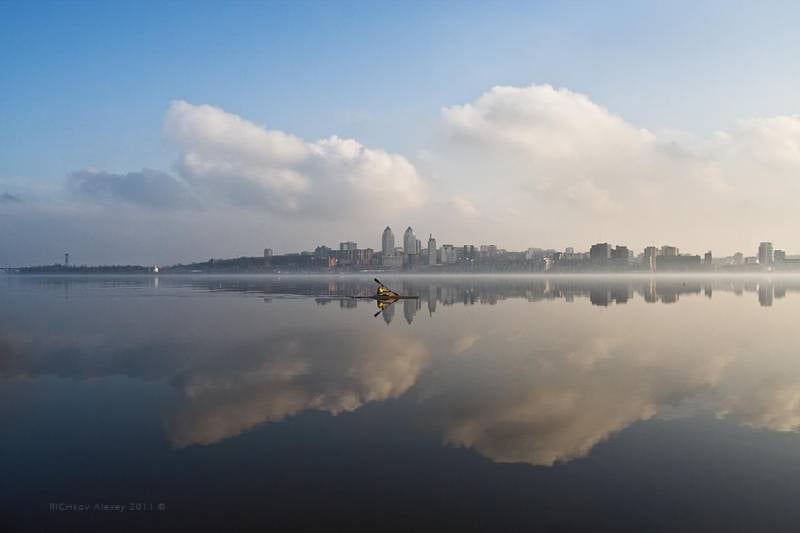
War on distant frontiers
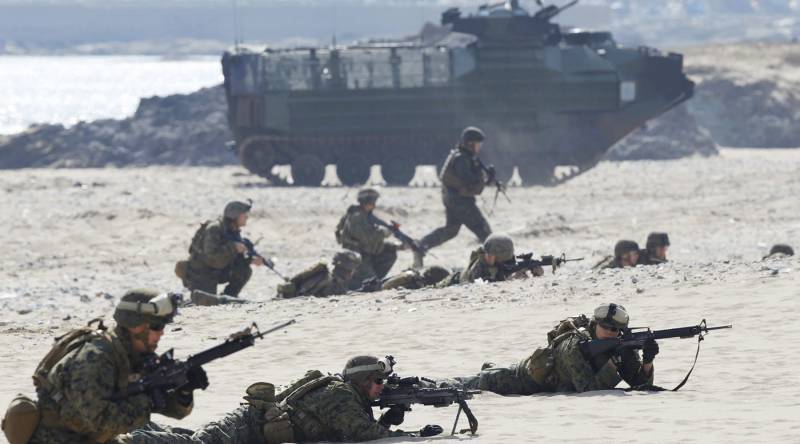
It's complicated.
The US Army is considered today (primarily in the US) to be an army on a planetary scale and, in theory, it should be ready to conduct combat operations almost anywhere on the globe. Wars tend to happen where people live, and according to the UN, about forty percent of the world's population lives within 60 miles of a coastline. It doesn't matter on rivers, lakes or seas. He lives - and that’s all. Because without water... Remember the funny song with a lot of meaning?
All of this makes water an important reality for the Army.
Especially for the US Army, with its 67-ton Abrams tanks and 40-ton Bradley infantry fighting vehicles.
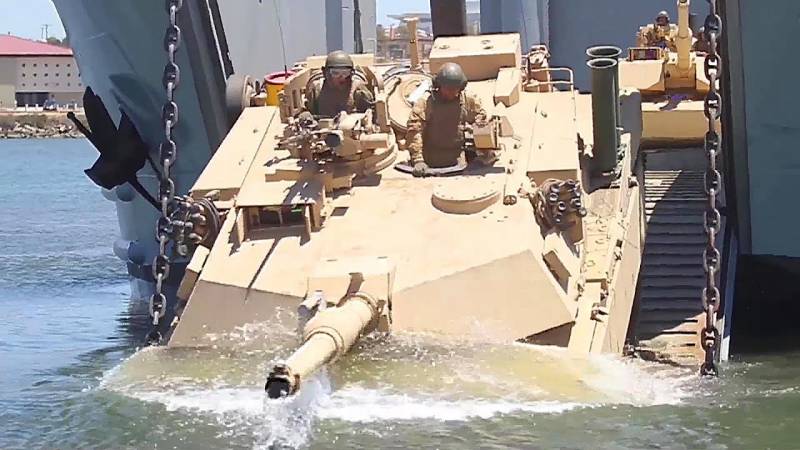
Yes, the American military is ill-equipped to cross large bodies of water. Although the service has a variety of bridge equipment capable of constructing temporary bridges over trenches and rivers, water obstacles greater than 300 feet wide are beyond the capabilities of most Army units.
While the Marine Corps has amphibious assault ships and hovercraft from the Navy, the Army handles water issues on its own.
The solution, which has existed since World War II, when American infantrymen had to literally drink the waters of European rivers and streams, is to give the army its own miniature fleet.
Army Watercraft Systems (AWS) exist to transform bodies of water from obstacles into opportunities, allowing the Army to cross water obstacles that the enemy may consider impassable.
The Army fleet has a total of 132 vessels, including frigate-sized logistics vessels, tank-capable landing craft and tugboats.
US Army Navy
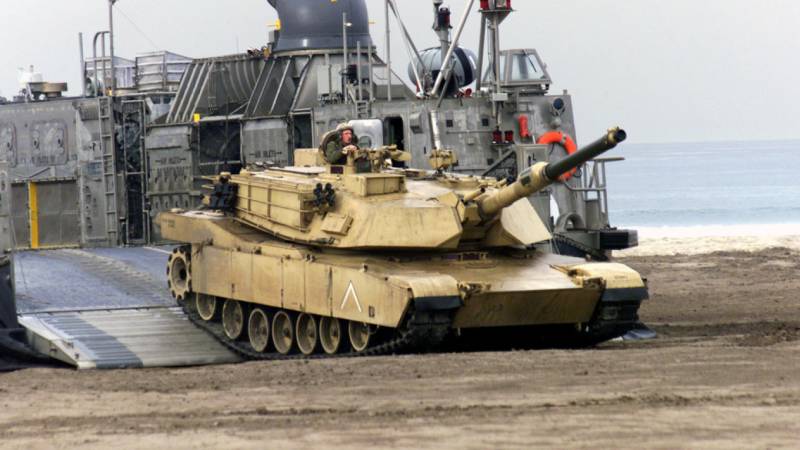
The majority of the army fleet consists of transport vessels. The largest of these are the eight General Frank S. Besson-class logistics support vessels (LSVs).
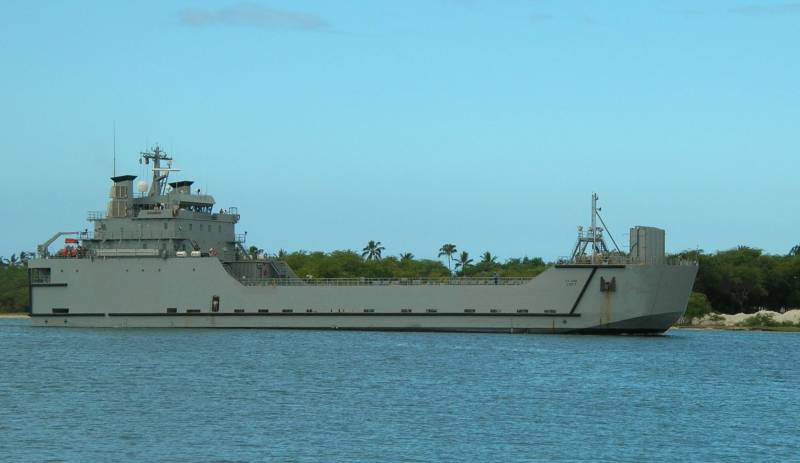
At 83 meters long and displacing 4 tons, each is the size of a Navy frigate. Each LSV can transport up to 000 tonnes over a distance of up to 2 km at a speed of 000 knots. This load is equivalent to 6 M500 Abrams main battle tanks or 12 21-foot shipping containers.
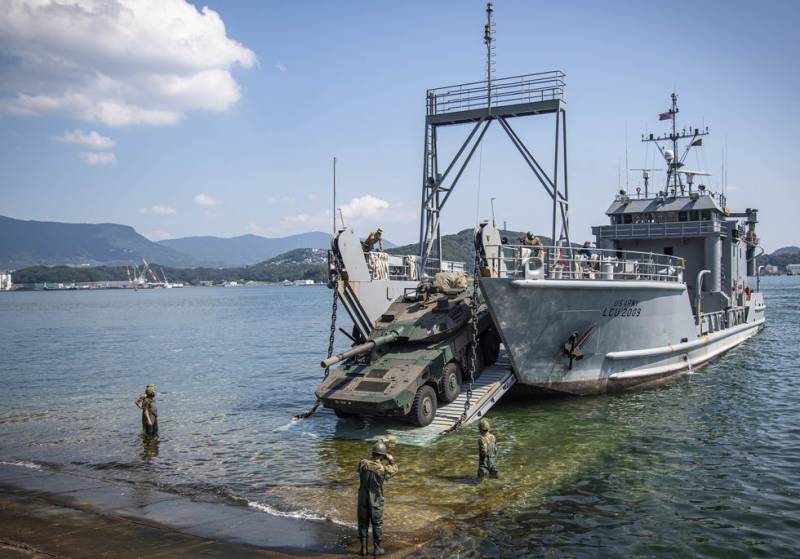
A Japanese combat vehicle is unloaded from a US Army landing craft (LCU) at Commander Fleet Activities Sasebo (CFAS), September 27, 2021.
Next in line are the Army's Landing Craft Support Vessels (LCUs).
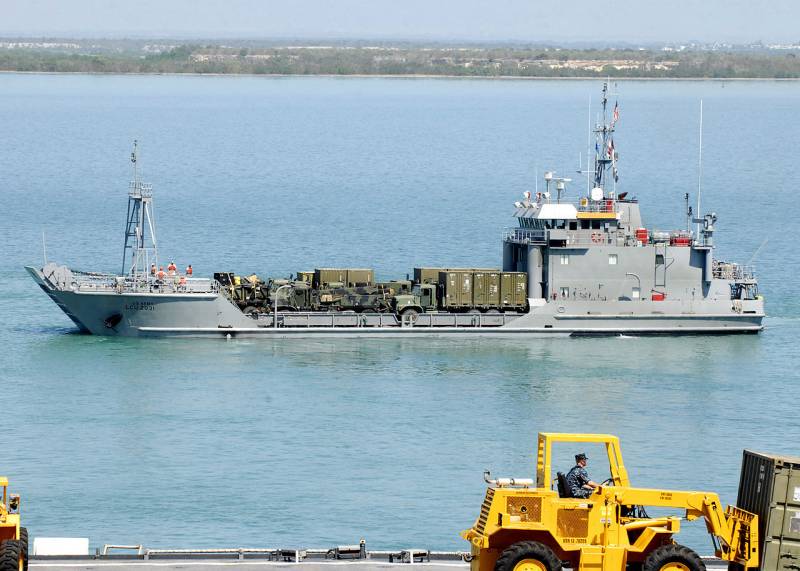
LCU-2000 allows the Army to move troops and equipment to areas with damaged port infrastructure or even destroyed port facilities, as well as along beaches. Each of the 31 LCU-2000s is 53 meters long and has a total displacement of 1 tons. The LCU-087 can transport up to 2000 tons of cargo at a speed of 170 knots over a distance of up to 11 miles.
At one point, LCU-2000s could carry up to three tanks, but the increasing weight of the M1A2 Abrams tank likely means the vessels can only carry two tanks.
Another new Maneuver Support Vessel (Light) or MSV(L) will replace the older Vietnam-era LCM-8 (Landing Craft Mechanized 8 or Mike Boat). The Army plans to purchase 36 MSV-Ls, each of which can carry one Abrams tank.
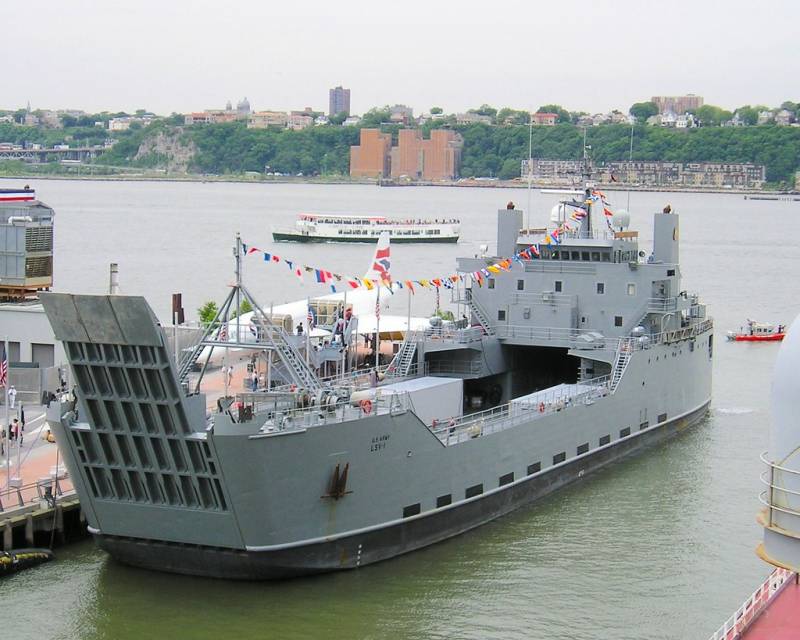
The MSV(L) is 30 meters long and can travel up to 700 km at a speed of 18 knots.
The MSV(L) will be able to carry either one M1A2 Abrams tank, two Stryker armored vehicles, or four Joint Light Tactical Vehicles with trailers.
Finally, the Army has several dozen small vessels designed to act as a link between cargo ships, known as Ro-Ro Cargo or Ro-Ro ships.
The fundamental difference between this type of vessel is horizontal loading/unloading through a folding bow or (usually) stern. This design is called a “ramp” or “ramp”.
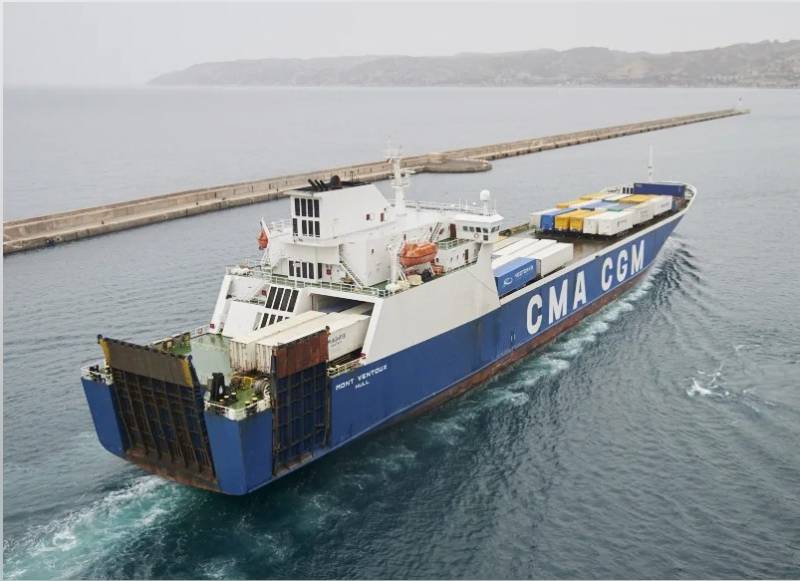
Ro-Ro vessels are vessels of varying sizes, up to 700 feet in length, and their draft may not allow them to get close to the shoreline and unload their cargo. In this case, Army tugboats and ferries are ready to build a floating causeway from the ship to the shore, allowing vehicles with tracks and wheels to pass over it.
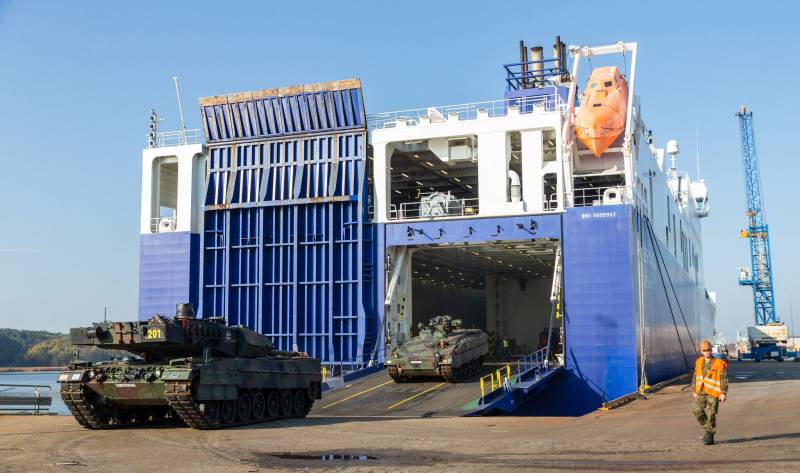
A German Armed Forces (Bundeswehr) truck is transferred from a Ro-Ro vessel to the port of Fredrikstad ahead of the large-scale NATO exercise Trident Juncture in Norway, October 2018.
Army fleet in action

How can the Army use its ships to support its units?
According to renowned American expert Kyle Mizokami, there are many plans for operations using the army's navy.
As an option, we can consider the scenario of an operation in North Korea. According to the scenario, the US Army moves up the Korean Peninsula, including along the coastline, heading towards Pyongyang.
The army, approaching the enemy's capital, encounters particularly fierce resistance. Ships such as the LCU-2000 and MSV-L could load supplies at a South Korean port and then support amphibious assault forces offshore by dropping heavy vehicles and bringing in supplies.
Another scenario: the US Army must fortify the island of Gotland in the Baltic Sea to protect it from... Russian troops who can land troops by helicopters. A pair of Besson-class logistics vessels are transporting a number of Stryker infantry fighting vehicles from the Germany-based 2nd Cavalry Regiment from the port of Kiel to Gotland. The Army operation allows the Army to supply units on the island while the Navy and Marine Corps conduct a separate joint operation as scheduled.
In both scenarios, the Army uses its vessels to support the Army's land warfare mission without duplicating the Marine Corps' amphibious warfare mission.
Mosquito fleet?
One might say so, but the ground forces fleet is larger than it seems. The fleet consists of 132 ships of all types, with a total displacement of about 60 tons. That's 000 percent of a Ford-class carrier, or about six Arleigh Burke-class destroyers by displacement.
A little? Well, how to look at it. In general, it is already impressive in itself that the US Army is capable of moving huge amounts of cargo without coordinating it with the Navy at all.
How does the Army fleet compare to foreign navies?
We compared with Portugal, there is also, for example, Great Britain. With its nuclear submarines, aircraft carriers, destroyers and frigates. Less than a hundred warships on the list.
The US Army's sixty thousand ton displacement is equivalent to the British Royal Navy aircraft carrier HMS Queen Elizabeth.
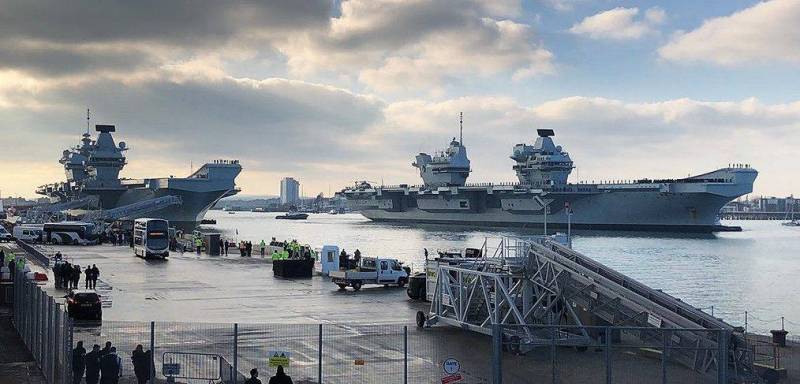
The Army Navy is larger than the entire Royal Navy in terms of number of ships, although this is certainly not an objective metric by which the capabilities of a navy are measured. The Royal Navy is much larger in tonnage, and with its submarines, destroyers, frigates and offshore patrol vessels, it has a clear advantage not only in numbers but also in quality, as the ships carry weapons heavier than the 2-caliber M12,7 machine gun. mm.
What can be said as a result?
It may seem strange that the US Army has more than a hundred transport ships in its arsenal, but an expeditionary army must be able to maneuver on any terrain, including water. Not every country, far from every one, and this applies even to the rich NATO countries, has an army with a navy.
The United States not only has a navy, which has an army - the Marines, but also an army, which has its own fleet. And one should complement the other, at least in theory.
Information